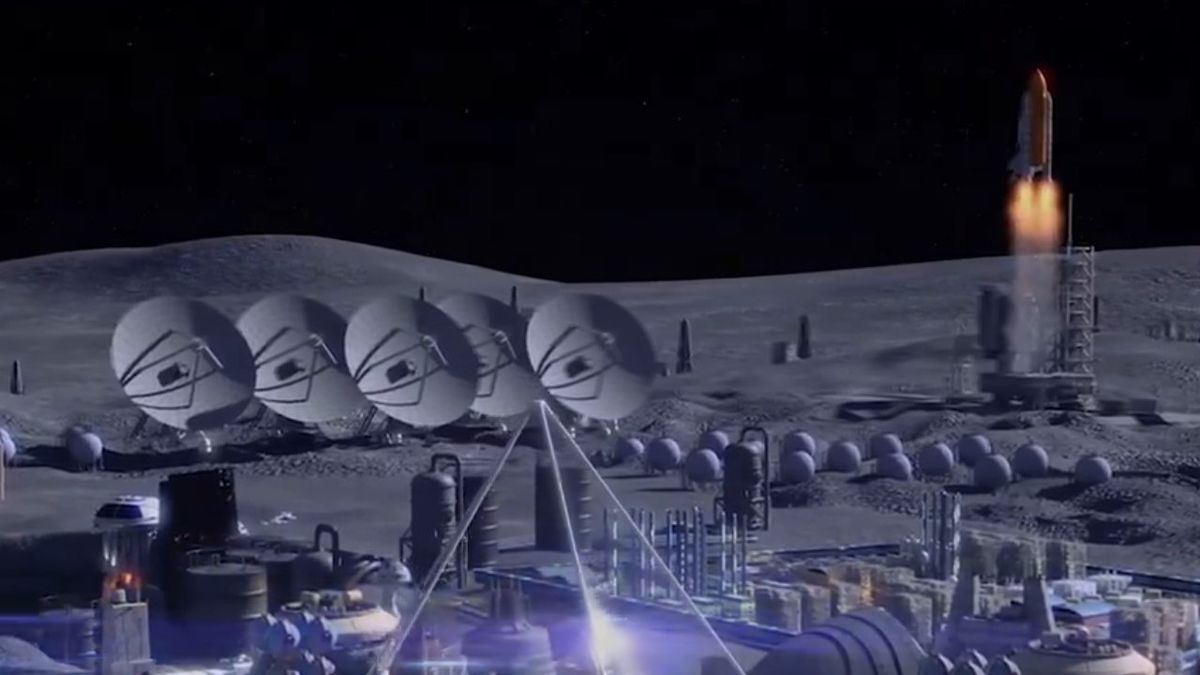
Webb observations explore the Westerlund 1 star cluster (Image Credit: Phys.org)

An international team of astronomers has employed the James Webb Space Telescope (JWST) to observe a supermassive Galactic open cluster known as Westerlund 1. Results of the observational campaign, presented in a paper published Nov. 20 on the arXiv preprint server, yield important insights about the structure and properties of this cluster.
Open clusters (OCs), formed from the same giant molecular cloud, are groups of stars loosely gravitationally bound to each other. So far, more than 1,000 of them have been discovered in the Milky Way, and scientists are still looking for more, hoping to find a variety of these stellar groupings. Expanding the list of known galactic open clusters and studying them in detail could be crucial for improving our understanding of the formation and evolution of our galaxy.
It is assumed that most star formation takes place in massive clusters of stars, known as superstar clusters (SSCs). They are very massive young OCs usually containing a very large number of young, massive stars. The total mass of a typical SSC exceeds 10,000 solar masses.
Located some 13,800 light years away, Westerlund 1 is a supermassive SSC with an estimated total mass of 50,000-100,000 solar masses and a radius of about 3.26 light years. Therefore, Westerlund 1 is believed to be the most massive known stellar cluster in the Milky Way, and its age is estimated to be 5–10 million years.
A group of astronomers led by Mario Giuseppe Guarcello of Palermo Astronomical Observatory in Italy, decided to take a closer look at Westerlund 1. For this purpose, they used JWST’s Mid-Infrared Instrument (MIRI) and Near Infrared Camera (NIRCam).
“We present JWST/NIRCam and JWST/MIRI observations of the supermassive star cluster Westerlund 1. These observations are specifically designed to unveil the cluster members down to the brown dwarf mass regime, and to allow us to select and study the protoplanetary disks in the cluster and to study the mutual feedback between the cluster members and the surrounding environment,” the researchers explained.
The observations revealed a diffuse nebulosity surrounding the core of Westerlund 1. The vast majority of this nebular emission appears to be composed of droplet-like features pointing toward the groups of massive stars in the cluster.
Further investigation of this nebulosity found that it contains an elongated trunk with a projected size of about 3.3 light years, pointing toward the center of Westerlund 1. Moreover, it turned out that the nebular emission also includes a small group of cloud fragments wrapping around the group of massive stars.
By analyzing the acquired images, the astronomers also detected extended shells surrounding some M-type supergiants in Westerlund 1. In the case of three supergiants, these shells have an elongated structure in the opposite direction with respect to the cluster center, while in another three, mostly narrow outflows are seen in specific directions.
More information:
M. G. Guarcello et al, EWOCS-III: JWST observations of the supermassive star cluster Westerlund 1, arXiv (2024). DOI: 10.48550/arxiv.2411.13051
Journal information:arXiv
© 2024 Science X Network
Webb observations explore the Westerlund 1 star cluster (2024, November 27)
retrieved 28 November 2024
from https://phys.org/news/2024-11-webb-explore-westerlund-star-cluster.html
part may be reproduced without the written permission. The content is provided for information purposes only.





